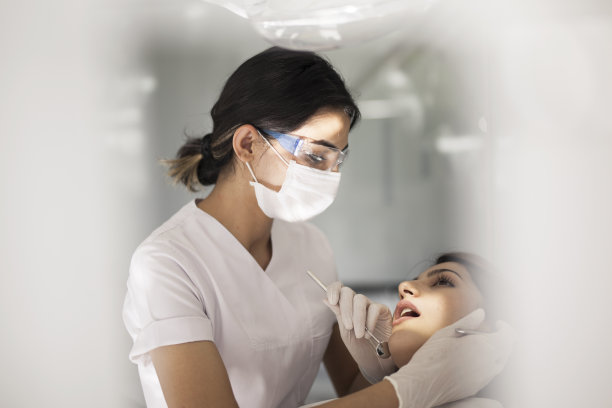Essential Guidelines and Precautions to Follow After Receiving a Dental Filling for Optimal Oral Health
Summary: After receiving a dental filling, proper care is crucial for maintaining oral health and promoting healing. This article discusses essential guidelines and precautions, divided into four key areas: understanding the filling type, managing discomfort, dietary considerations, and maintaining oral hygiene. Each area offers insights and practical tips to help individuals navigate their post-filling care effectively. Following these structured recommendations can enhance recovery and ensure the longevity of dental fillings, leading to better overall oral health.
1. Understand the Type of Filling You Received

Dental fillings come in various materials, including amalgam, composite resin, glass ionomer, and resin ionomer. Each type of filling has distinct characteristics that can affect your care post-procedure. Understanding the specific filling material used can help you take better care of your dental work and avoid any complications.
For instance, amalgam fillings, which are made of metals, are typically more durable and can withstand the pressure of chewing better than some resin fillings. However, they may be sensitive to extreme temperatures in the beginning. Knowing this can guide you in how you approach eating and drinking during the initial recovery period.
On the other hand, composite fillings blend with the natural tooth color and may require specific care to prevent staining or damage. Awareness of the nuances of your filling type will empower you to make informed choices about your dental care after receiving a filling.
2. Manage Discomfort and Sensitivity
Experiencing some discomfort after a dental filling is common. You may notice sensitivity to hot or cold temperatures, pressure, or even a slight ache in the filled tooth. It is important to monitor these sensations and manage them wisely to minimize discomfort.
Over-the-counter pain relievers can be effective in alleviating any pain or discomfort following the procedure. Medications such as ibuprofen or acetaminophen can provide relief, but it鈥檚 wise to consult your dentist about the best options according to your health profile and medication interactions.
If discomfort persists beyond a few days or worsens significantly, it is crucial to contact your dentist. This could indicate complications such as infection or bite issues, which may require further attention and intervention to ensure optimal healing and function.
3. Dietary Considerations for Recovery
Your diet plays a vital role in your recovery post-filling. It is advisable to avoid tough, sticky, or hard foods for at least 24 hours after your filling. Eating soft, mild foods can prevent unnecessary wear on the new filling and reduce the risk of discomfort.
Hot beverages and foods may also exacerbate sensitivity, so its best to stick with lukewarm options to protect your tooth while it recovers. Additionally, consider avoiding highly acidic or sugary foods that can contribute to further sensitivity or dental decay, potentially undermining the effectiveness of the filling.
Temporarily modifying your diet will not only help you adjust to the new filling but also promote overall oral health during the critical healing phase. Focus on nutrient-rich foods that support dental repair and immune function to aid in a smoother recovery.
4. Maintain Oral Hygiene Practices
Maintaining excellent oral hygiene is imperative after receiving a dental filling. While it is crucial to keep the filled area clean, you should exercise caution in your brushing and flossing techniques to avoid damaging the new filling.
After the anesthesia wears off, you should continue to brush your teeth twice a day and floss daily, paying special attention to the filled tooth. Use a soft-bristled toothbrush and fluoride toothpaste, as these can help in maintaining oral health without causing irritation to your fillings.
Regular dental check-ups following your filling are also essential. Your dentist can monitor the condition of the filling and provide professional cleaning, ensuring that no plaque or tartar buildup occurs, ultimately extending the longevity of the filling and keeping your smile healthy.
Summary:
Following the outlined guidelines after receiving a dental filling is key to maintaining optimal oral health. Understanding your filling type, managing discomfort, being mindful of your diet, and maintaining consistent oral hygiene are all critical steps that facilitate recovery and prevent complications. Taking the time to follow these preventative measures will ensure the longevity and effectiveness of your dental filling, contributing positively to your overall oral health.
This article is compiled by Vickong Dental and the content is for reference only.



